

The first part of Tracing your Irish Ancestry can be found here.
Although there are strong similarities between the record systems of Britain and Ireland, there are also some very significant differences that need to be taken into account:
- The 1901 and 1911 censuses have long been open for public research in Ireland (and as previously mentioned you can now access the census online at http://www.census.nationalarchives.ie/).
- For the same reason, a range of different sources, known as “census substitutes” acquired an unlikely significance. The most prominent is Griffith’s Primary Valuation, an all-Ireland property survey published county by county between 1848 and 1864. This is one of the most important surviving 19th century genealogical sources.
- Although the Irish county system appears to conform to British practice, place names below the county level are very differently organised and, since most records relate to specific localities, it is necessary to have a clear grasp of these differences when researching.
- Most of the major record categories have starting dates significantly later than their British equivalents.
Another important resource is the Tithe Applotment Books 1823 – 1838. This names hundreds of thousands of Irish landholders, owners and tenants. It pre-dates the official registration of births, marriages and deaths, which didn’t commence until 1864. It is immensely important in terms of constructing, not just an image of a particular family line, but of wider social conditions in Ireland.
The Irish have always been good at leaving home. From the seventeenth century settlers in the West Indies, merchants, indentured servants through to those who were deported. From the great flood of Ulster emigration to North America in the eighteenth century and continuing with the massive exodus of the Catholic Irish throughout the nineteenth and twentieth centuries, Irish people have left their mark, and their descendants, around the world.
If you haven’t already had a chance, do look at http://www.census.nationalarchives.ie/. The records detail name, age, sex, marital status, occupation, county, and country of birth of every person listed in every house, prison, hospital, and industrial school. It includes the person’s education, ability to speak Irish, the number of years the women were married, and the number of children born. These censuses contain precious insights into Irish family history for millions around the world. With 70 million people worldwide claiming connections with Ireland, these records will help many connect with their cultural roots.
Below is a list of some other websites which can help you with your Irish research. Some are pay per view others are free.
1740 Protestant Householders’ Returns for North Antrim In 1740 a list of Protestant Householders was compiled in parts of counties Antrim, Armagh, Down, Donegal, Londonderry and Tyrone. It is arranged by county, barony and parish. The tables on this site cover the baronies of Cary, Dunluce Lower and Upper, and Kilconway and one version is sorted primarily by surname and the other by barony and parish.
Dublin Electoral list 1939-1940 A resource from Dublin City Public Libraries, dublinheritage.ie, focuses primarily on databases derived from printed and other historic records related to Dublin city and surrounding administrative areas.
Female Orphans who emigrated from Irish Workhouses to Australia, 1848-1850 Website that lists females who were orphaned during the famine and who emigrated to Australia. Includes arrivals into Sydney and South Australia.
Fermanagh Gold If you have any ancestors in the Fermanagh area have a look at this site. It gives you access to 900 databases to search.
Fianna This site includes addresses of civil and Roman Catholic parishes and local research facilities. It also has transcripts of muster rolls, freeholder’s lists and census returns.
http://griffiths.askaboutireland.ie/gv4/gv_start.php The Primary Valuation was the first full-scale valuation of property in Ireland. It was overseen by Richard Griffith and published between 1847 and 1864. It is one of the most important surviving 19th century genealogical sources.
National Archives Ireland Site of the National Archives of Southern Ireland
Placenames Database of Ireland Site offering histories and locations of Irish villages, towns and cities.
The Public Record Office of Northern Ireland (PRONI) Family History Section This site includes access to The Ulster Covenant archive and Freeholders records held by the Public Record Office of Northern Ireland (PRONI). Both have been digitised and indexed. These online archives are fully searchable and have links to digitised images of the original documents. Freeholders’ records are lists of people entitled to vote, or of people who voted, at elections. PRONI’s freeholders project entailed the digitisation of around 5,500 sheets from pre-1840 Registers and Poll Books.
The archive of the Ulster Unionist Council, held by PRONI, contains just under half a million original signatures and addresses of the men who, on 28 September 1912, signed the Ulster Covenant, and of the women who signed the parallel Declaration. In total, the Covenant was signed by 237,368 men, and the Declaration by 234,046 women.

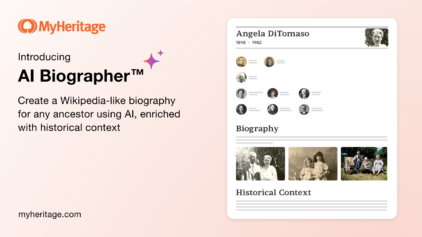
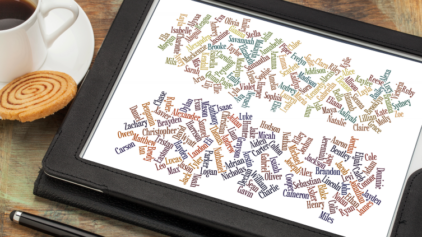
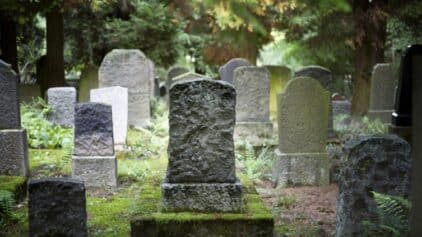
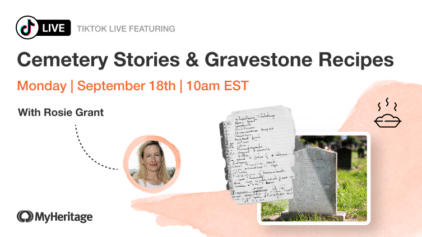



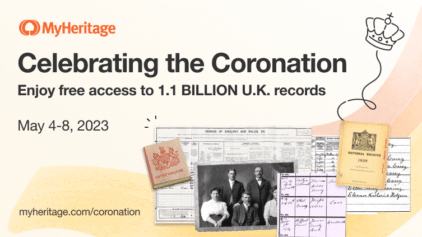

Jim’s Girl
September 9, 2010
“Southern Ireland”??? It is called the Republic of Ireland. It is unfortunate that this reference diminishes the credibility of an otherwise useful article. My father would be appalled. Well, I am too.